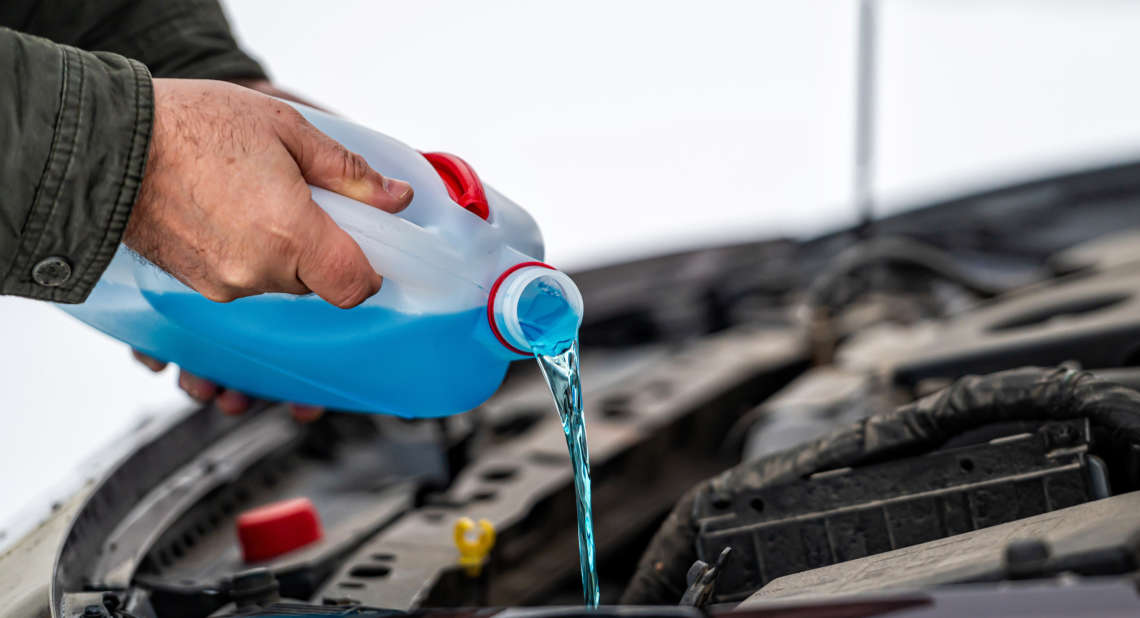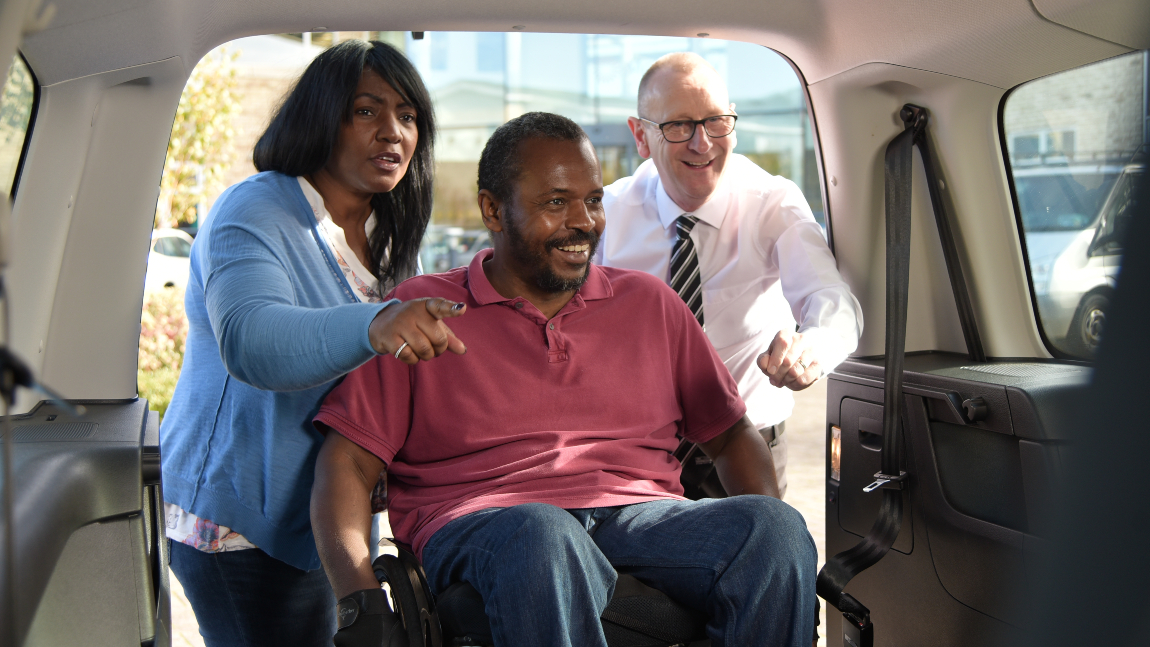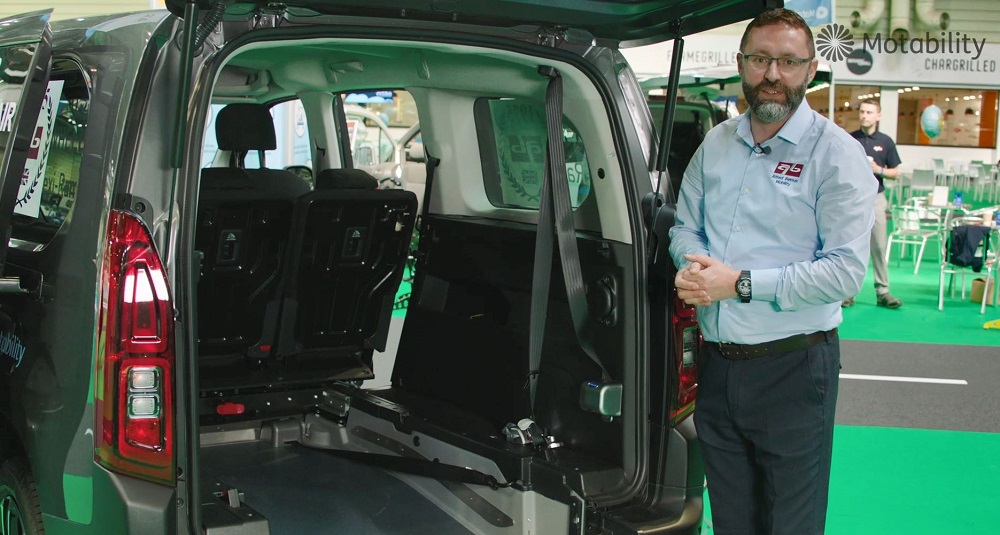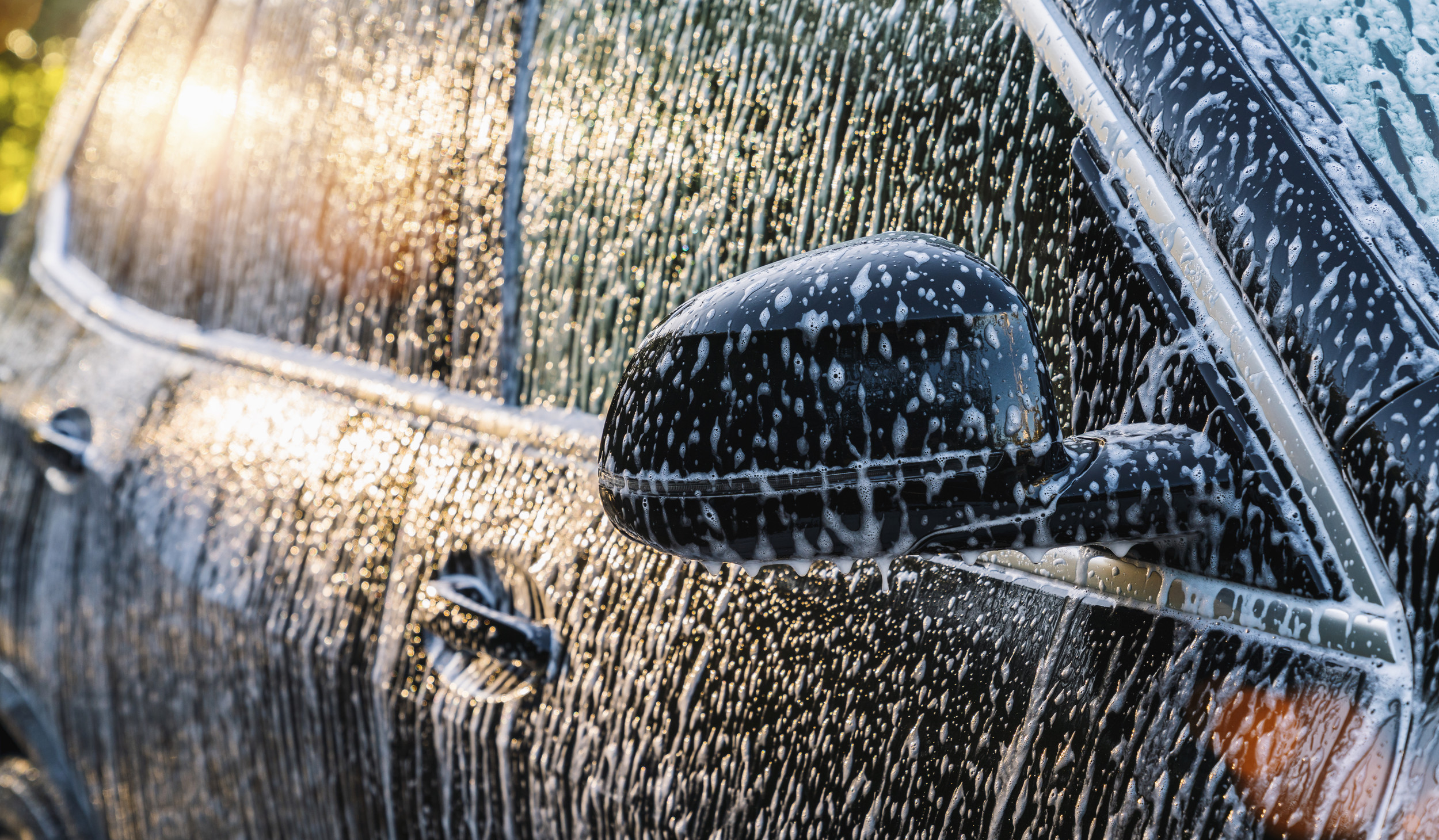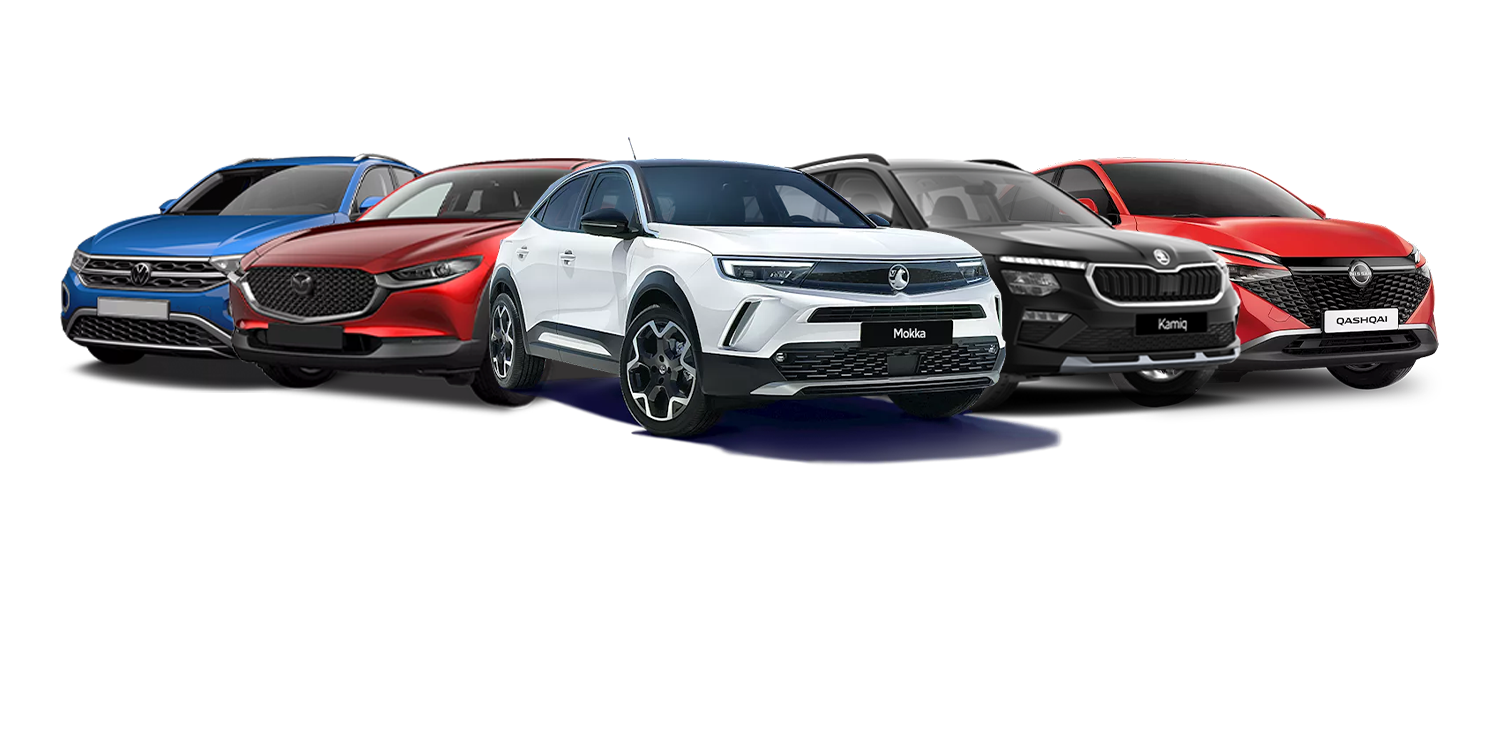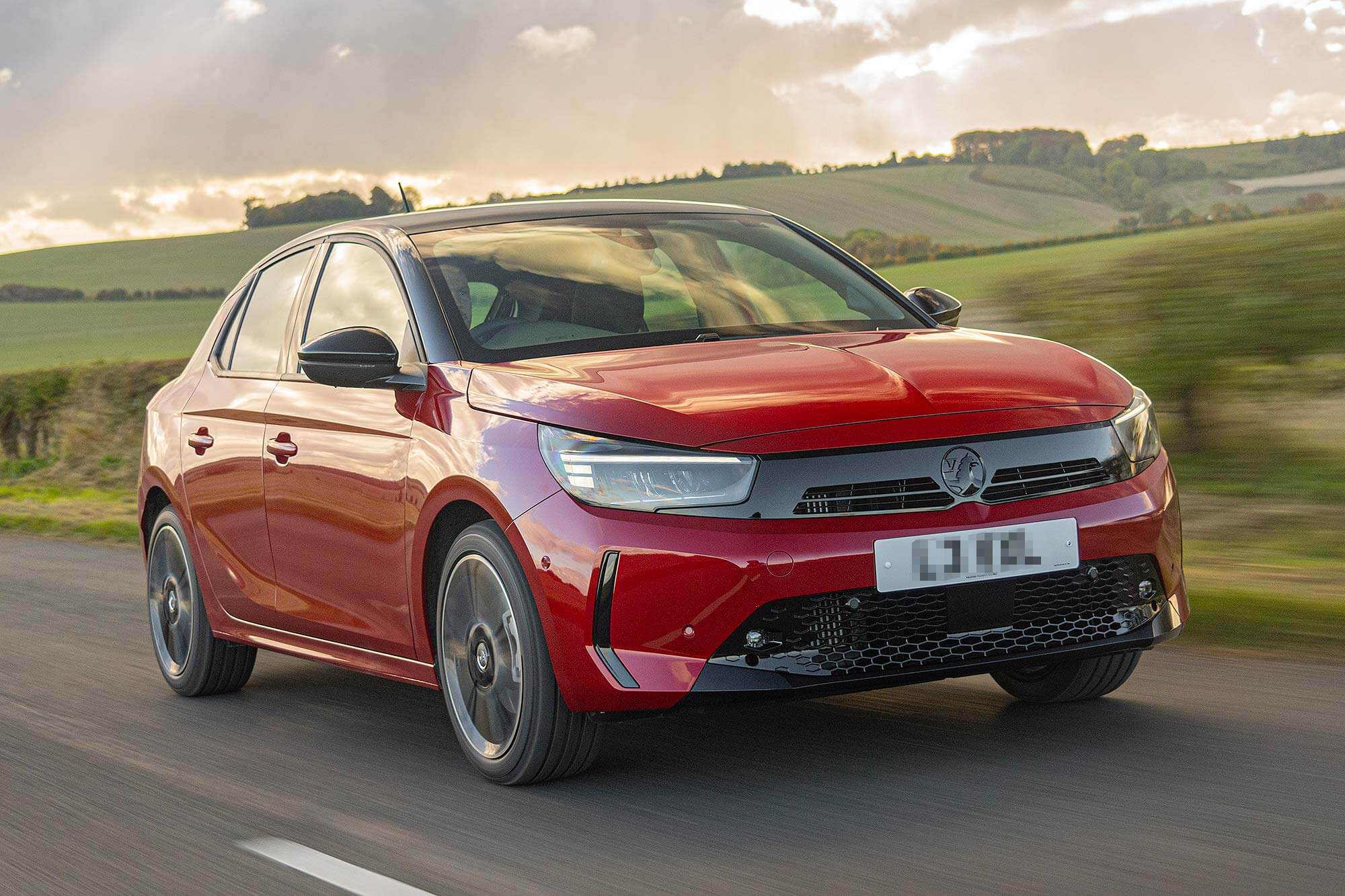As a Motability Scheme customer, your lease includes regular servicing to identify any issues with your vehicle and keep it running efficiently.
However, there are certain things we can all do to keep our cars in peak condition in-between services – the simple things that don’t require an in-depth knowledge of motoring or mechanics.
The 10 simple tips outlined below will help keep your car running safely and efficiently, which can also help save you money on fuel.
Tips for keeping your Motability Scheme car in good condition
1. Be mindful of your car battery
Car batteries benefit from regular use. If you don’t use your car for long periods, the battery is likely to degrade and become flat, so the engine won’t start when you do need to drive. Another cause for a flat or faulty battery is if you accidentally leave your car lights on when they aren’t in use.
If you don’t need to drive your car for several weeks or more, get into the habit of turning the engine on once a week. A battery maintainer is a relatively inexpensive piece of kit that will do the same job, intermittently charging your battery to help keep it in working condition. If your car is electric, connecting it to a trickle charger will keep the battery ticking over between drives.
See our tips for looking after your car or Wheelchair Accessible Vehicle (WAV) battery
2. Be gentle with the brakes
Your brakes keep you safe during journeys, providing you use them correctly. Sudden, heavy braking increases friction that degrades your brakes prematurely, as does dropping down through the gears to slow down. Both habits can also damage your fuel efficiency and cost you money.
To protect the brakes and increase your fuel efficiency, focus on your driving style. Maintain a sensible speed, assess the road ahead and brake more gradually and in good time.
Search the full range
Want to join the 640,000 customers enjoying worry-free motoring through the Motability Scheme?
Use our Car Search tool to see the full range of cars available and narrow down your options by size, boot space, fuel type and more.
3. Take good care of your windshield wipers
Functioning wipers give you a clear view of the road ahead when visibility is poor and reduce the risk of accidents. But you should be aware that misaligned or worn-down wipers can also cause damage to your windscreen. Make sure they are performing as they should – if you have any problems with your wipers, your dealer will be able to assist with any repairs or blade replacements.
Similarly, if you notice a chip or crack in your windscreen you should book a repair as soon as possible. By getting the chip repaired sooner, you are less likely to need to get the whole windscreen replaced. On the Scheme, windscreen repairs are included at no extra cost, however a replacement requires you to pay an excess of £50.
4. Regularly check the oil, coolant and screenwash
Going beneath the bonnet should be left to the experts during your servicing, but there are three simple checks all drivers can and should regularly carry out to keep the components working efficiently.
Check the engine oil once a fortnight by removing the dipstick (consult your manual if unsure), wiping it dry with a rag, then reinserting it. Remove it again and check the oil level is between the minimum and maximum marks, and that it’s a light yellow/brown colour if it’s a petrol engine, darker if it’s diesel.
Also check the antifreeze/coolant reservoir, which should sit between Full (F) and Low (L) – a 50/50 mix of distilled water and antifreeze can keep it topped up. And the windscreen washer fluid can also be topped up very easily using store-bought screenwash. Never fill it with washing-up liquid, as the bleach and ammonia it contains will damage your paintwork.
5. Keep an eye on your tyres
Under-and over-inflated tyres can compromise safety, cause damage to your car, and lower fuel efficiency. Being under-inflated can lead to overheating and premature wear, which can eventually cause a very dangerous tyre blowout. Being over-inflated can reduce traction, make handling more difficult and speed up wear on the tyres.
Regular servicing will check your pressure, and many new cars give a warning if the pressure in any tyre falls below the recommended level. However, it’s wise to check pressure once a month to make sure all five tyres (including the spare) are inflated to a safe level. That level is usually between 30 and 35 PSI, but to be sure, consult your car’s handbook or the tyre placard that’s usually on the driver’s side of the door frame. For the most accurate reading, test tyre pressure when they’re cold rather than hot.
And at all costs and wherever possible, avoid driving over potholes – you risk significant damage to the suspension, tyres and exhaust. You should regularly check to make sure that your tyres are not worn below the legal limit of 1.6mm. You can check this simply by putting a 20p coin into the tread grooves of the tyre and bringing your eye level in line with the tyre. If you can see the outer band of the coin, it’s likely the tread is worn to a point that the tyre needs to be replaced.
Your lease includes tyre repairs by Kwik Fit – learn more about their team here
6. Don’t overload your car
A lighter car is more fuel efficient than a heavy car, so reducing the weight will save you fuel and, therefore, money. But it will also reduce the wear and tear on your tyres, brakes and suspension, because a heavier car forces all of those parts to work harder. Reduce the weight wherever possible – removing any unneeded luggage, boxes or clutter from the boot or the back of the car, and removing the roof rack or bike rack to reduce drag when not in use.
Find more advice on how to save money and fuel by ‘eco-driving’
7. Take care of the clutch & gear stick
Hovering your foot over the clutch pedal and keeping your hand on the gearstick when they’re not being directly used adds unnecessary pressure by keeping them engaged. This increases friction that can lead to them both wearing out prematurely. To avoid this, if you drive a manual transmission car, get into the habit of resting your foot in the footwell and hand on the wheel when the clutch and gearstick aren’t in use.
8. Keep the fuel at a good level
Any time your petrol or diesel levels fall, your car will begin to draw on air, sediment and debris found at the bottom of the fuel tank that has built up over time. As it’s pumped through your vehicle, that debris can clog up a number of vital components, including your fuel pump and filter. In severe cases, this can block the flow of fuel and make it impossible to start the car. Wherever possible, keep your fuel levels topped up so they don’t dip too low.
9. Keep an eye on the warning lights
Modern cars are more advanced than ever and are monitoring every component even before you turn on the engine. The dashboard contains a high number of lights that can alert you to any possible issues and it’s vital you know what each light means to avoid the issue escalating.
Most warning systems will operate on a traffic light system. Green lights show the car is functioning correctly. Amber lights warn of an issue that needs to be checked. And red lights alert you to a serious problem that needs to be addressed as soon as it is safe to stop the car. Make sure you read your vehicle’s handbook or app and understand how the system works and what each symbol denotes.
10. Keep the paintwork neat
Keeping your car’s paintwork in good condition is about more than vanity. Bird droppings, strong UV rays, road grit and salt can all corrode your paintwork. Avoid parking under trees and in bright sunshine; if you have a garage or a car cover, use it. In winter, reduce your speed to avoid grit and salt kicking up onto the car. It’s a good idea to wash your car regularly as well, using a hand wash rather than a machine car wash – this can help keep the paintwork in good condition.
Good to know
If you are a Motability Scheme customer, you should report any damage to your vehicle, big or small, to our insurance provider. They will be able to assess the damage and inform you if it needs repairing or if it can wait until the end of your lease. Remember that your Motability Scheme lease is all-inclusive, which means that all servicing, maintenance and breakdown assistance are covered by your lease.
Interested in joining the Scheme?
The Motability Scheme offers an all-inclusive package. If you are in receipt of a qualifying mobility allowance you can use it to lease a car, scooter, powered wheelchair or Wheelchair Accessible Vehicle. The Scheme provides flexible and hassle-free access to a brand new, reliable vehicle of your choice. As well as a great choice of cars, we also provide a wide range of Wheelchair Accessible Vehicles, scooters and powered wheelchairs.
Related articles
Understanding Confusing Car Terms
What is the Good Condition Payment?
The advantages of regular car washing
![]()
